As Tesco and Sainsbury’s report favourable results, there is evidence consumers are trading up again
Consumers are starting to treat themselves more and sentiment is showing signs of improvement, leading grocers Tesco and Sainsbury’s said this week.
Tesco chief executive Sir Terry Leahy said shopper confidence is returning, while Sainsbury’s boss Justin King said the shopper mindset changed two years ago but that consumers had now got used to the economic environment, and while they “were dialled into the fact there will be further cuts” they “still want to treat themselves”.
Leahy’s comments came as his business announced a solid UK performance, while Sainsbury’s revealed good like-for-like growth as it continued to outperform the market. Leahy, who retires in March, said there was evidence that consumers were trading up, with its like-for-likes in its top-tier Finest range “recovering sharply”.
He said: “Consumer sentiment is recovering but in the first quarter we were lapping higher inflation and shoppers were having to cope with higher petrol prices. At the peak in May, petrol prices were 20% higher year-on-year, meaning consumers were factoring in £20 for petrol to their monthly bills.”
He added that as petrol prices eased off, shoppers are becoming more willing to spend on food and non-food. “The sentiment is there, but it’s as if there is a cap on what people can spend,” he warned.
Figured out
Tesco reported UK sales including VAT up 5.9% to £21.9bn for the 26 weeks to August 28, and like-for-likes excluding petrol and adjusted for VAT up 0.3%, comprising 0.1% in the first quarter and 0.4% in the second. Sainsbury’s reported like-for-like sales for its second quarter in the 16 weeks to October 2 up 2.9% excluding petrol but including VAT, and like-for-likes in the first half up 2%. Total sales were up 4.8%.
Tesco group pre-tax profits were up 12.5% to £1.6bn. It showed strong growth internationally, with like-for-likes up 4.1% in the second quarter, compared with flat for the first. Asia remains a powerhouse, with 5% growth, and in Europe the business reported 3.1% growth. In the Czech Republic Tesco opened its first standalone clothing store, F&F, last week. Leahy also said its loss-making US business Fresh & Easy was expected to reach profitability during its 2012/13 financial year.
It reported US sales up 44.9% at constant exchange rates, with like-for-likes at 12.2%. It has mothballed 13 stores, which it expects to reopen in four to five years, However, it will continue with its expansion, expecting to have 400 stores by 2012/13, which will take its warehouse to full capacity.
International boss Phil Clarke, who will succeed Leahy in March, outlined his confidence that the US was moving in the right direction and said “the model is right”. Leahy added that the chain would achieve profitability “irrespective of the economic recovery” in the US.
At Sainsbury’s, King said he expected conditions to remain “challenging” but was confident of Sainsbury’s “universal appeal”. The grocer invested £1bn in the relaunch of its Taste The Difference range, and said its convenience business was generating £1bn of annual sales. Online sales are up 25%.
Last week, Sainsbury’s opened its largest store, a 100,000 sq ft shop in Crayford, Kent. New features include a home and lifestyle section.
Group commercial director Mike Coupe said: “We are trialling lots of new things in this store and early response has been very encouraging. We can see scope for us to have between 100 and 150 80,000 sq ft to 100,000 sq ft stores and will roll them out as we get planning. The only difference between ours and Tesco’s property portfolio is they have 100 big stores, but that just means we have scope for growth.”








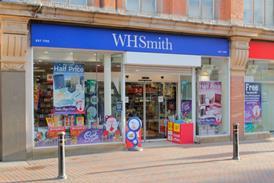
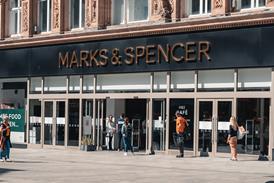












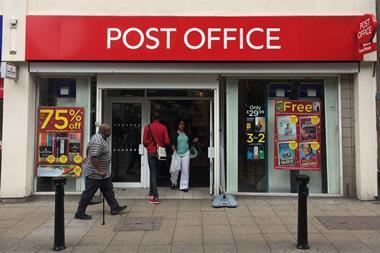
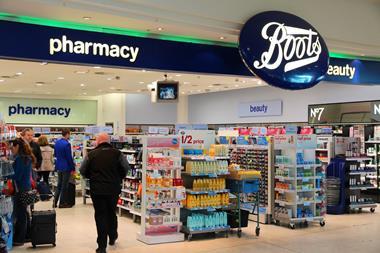
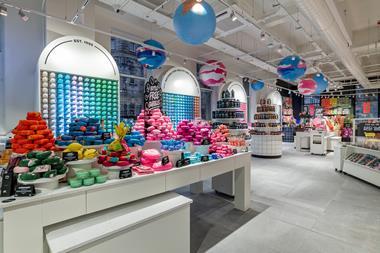
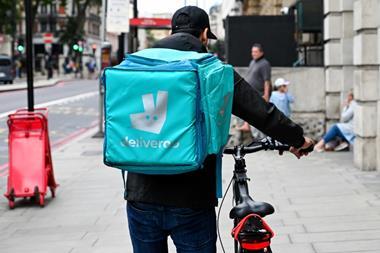
No comments yet